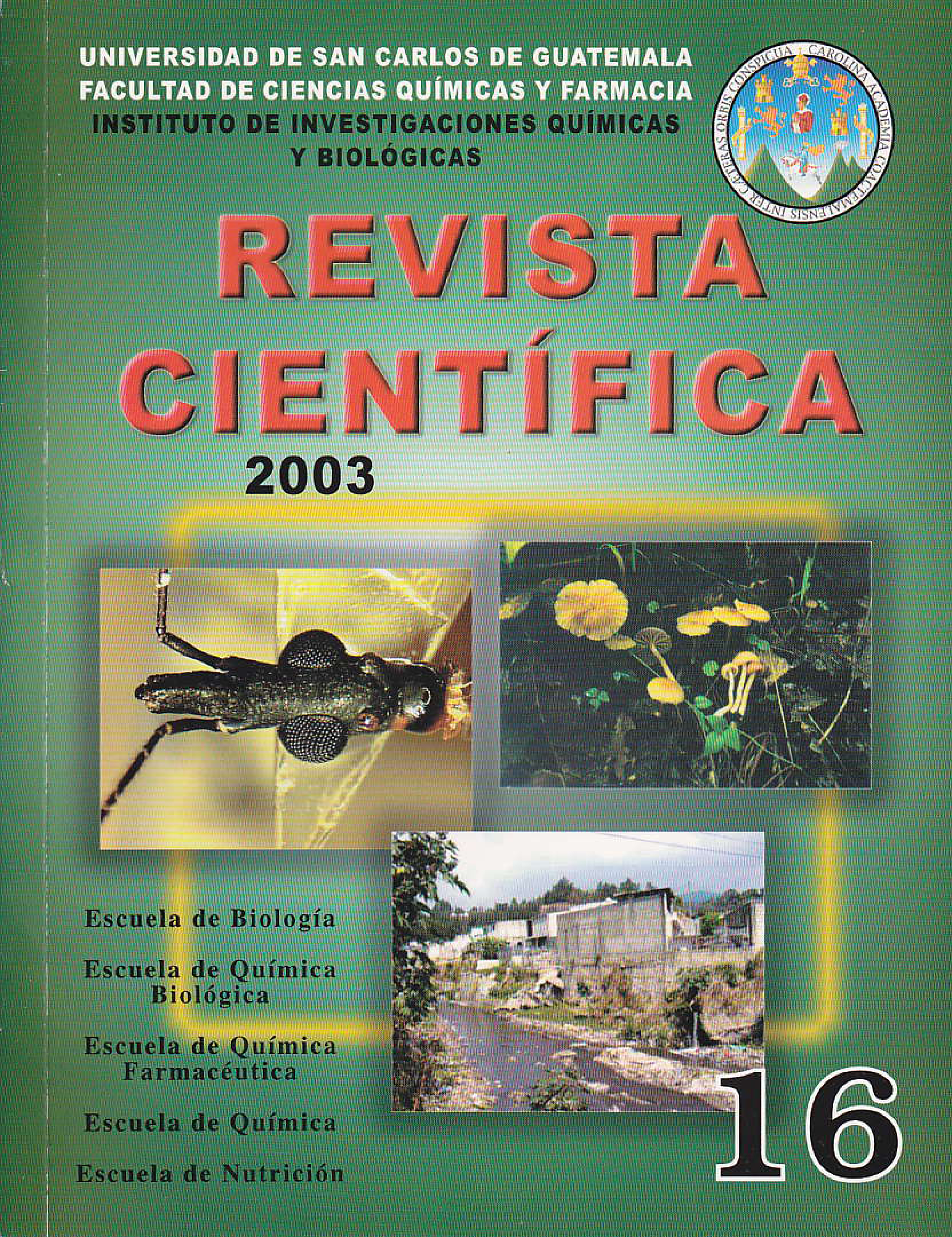“Development of a Method to Evaluate in the Laboratory the Burnability of Raw Flour in Clinker Production”
DOI:
https://doi.org/10.54495/Rev.Cientifica.v16i1.239Keywords:
Development, Evaluate, Burnability of Raw Flour in Clinker ProductionAbstract
The burnability of raw flour was determined for a period of 30 days, with which information was obtained about how the actual free lime of the process, the theoretical free lime and fuel consumption are related to the use of relative free lime. for kiln number 2 at the San Miguel de Cementos Progreso, S.A. plant. during the period from March 10, 2001 to April 12, 2001. In this way, the formula was established that predicts the necessary amount of fuel used (bunker) and its efficiency for certain relative free lime, thus optimizing the process. of clinker production without affecting its quality. The relationship between the chemical variables LSF (lime saturation index), Ms (silica modulus) and the fineness of the material used was evaluated by preparing samples of different fineness and chemical parameters LSF and Ms, for later burning. at 1400°C and determine the content of calcium oxide (LCaO). With this, the theoretical burnability model was obtained (theoretical LCaO = 0.214LSF + 0.9885Ms + 0.207A45 + 0.0992T125 - 29.9663), with a correlation coefficient R=0.9935 and a standard error of 0.1861. This model provides information on the mineralogical nature of the raw material and at the same time allows the values of the variables necessary to obtain an optimization in thermal consumption without altering the quality of the clinker produced to be determined.
Downloads
References
Graeme Moir. 1997. Influence of Raw Mix Heterogeneity on Ease of Combination and Clinker Strength potencial. Em “Proceeding of The 10TH International Congress on the Chemistry of Cement”. Clinker and Cement Production. Amarkai AB and Congrex Goteborg AB. Sweden. 1997. Volume 1 . 1i041.
Hewlett C. Peter. Lea’s Chemical of Cement and Concrete. Fourth Edition. Arnold publishers. United Kingdom. 1998.
Holderbank. Cement Seminar: “Material Technology 1”. Switzerland. 1995. Section 13.
Kirk. Raymond. Enciclopedia de Tecnología Quimica. 4a. Edi. Editorial Hispano-Americana, México. 1985. Vol 10.
S.C Ahluwaia, R.K. Goswami and S. Harsh. 1997. Burnability of Cement Raw Mixes at 1400° C. Em “Proceeding of The 10TH International Congress on the Chemistry of Cement”. Clinker and Cement Production. Amarkai AB and Congrex Goteborg AB. Sweden. 1997. Volume 1. 1i045.
Johansen, Vagn. Curso Avanzado: “Microscopía del Clinker”. Portland Cement Association (PCA). Skokie, Chicago Illinois. U.S.A. Marzo 2000. (material inédito).
Williams, Frederick. Razonamiento Estadístico. 2da. Edición. Nueva Editorial Interamericana. Mexico. 1982.
Annual Book of ASTM Standards: Cement; Lime; Gypsum. 1995. U.S.A. 25-95.
Smith, J.M., H.C. Van Nes & M.M. Abott. Introducción a la Termodinámica en Ingeniería Química. 5ta. Edición. Editorial McGraw Hill. Mexico. 1996.
Campbell H. Donald. Microscopical Examination and Interpretation of Portland Cement and Clinker. Portland Cement Association. U.S.A. 1986.
International Cement Microscopy Association. Proceedings for the Twentieth International Conference on Cement Microscopy. Mexico. 1998.
International Cement Microscopy Association. Proceedings for the Twenty-first International Conference on Cement Microscopy. U.S.A. 1999.
Downloads
Published
How to Cite
Issue
Section
License
Copyright (c) 2003 F. Cano, L. Velásquez

This work is licensed under a Creative Commons Attribution 4.0 International License.
Authors who publish with this journal agree to the following terms:
- Authors retain copyright and grant the journal right of first publication with the work simultaneously licensed under a Creative Commons Attribution License 4.0 that allows others to share the work with an acknowledgement of the work's authorship and initial publication in this journal.
- Authors are able to enter into separate, additional contractual arrangements for the non-exclusive distribution of the journal's published version of the work (e.g., post it to an institutional repository or publish it in a book), with an acknowledgement of its initial publication in this journal.
- Authors are permitted and encouraged to post their work online (e.g., in institutional repositories or on their website) prior to and during the submission process, as it can lead to productive exchanges, as well as earlier and greater citation of published work.









